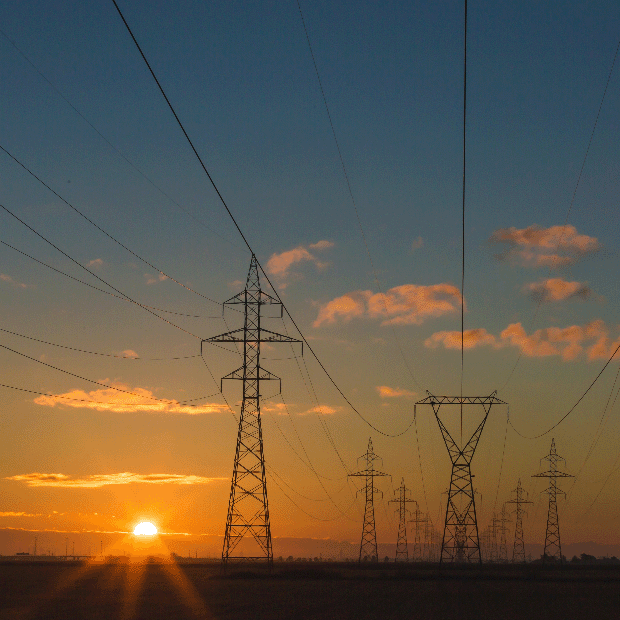In today’s world, energy is an essential part of our daily lives. From powering our homes to fueling our vehicles, energy plays a significant role. However, rising energy costs have become a concern for many households and businesses. In this blog post, we will explore the topic of cheap energy suppliers and provide you with valuable insights and tips to help you find affordable energy solutions.
To find the best Energy Suppliers contact us today for a free quote.
Understanding Energy Costs
Before diving into the world of energy suppliers, it’s crucial to understand the factors that contribute to your energy costs. Energy bills typically consist of two main components:
Supply Costs: This is the cost associated with the energy itself. It’s what you pay for the actual electricity or gas that powers your home or business.
Delivery Costs: These are the charges related to the distribution and maintenance of the energy infrastructure, including power lines, substations, and pipelines.
Compare Energy Suppliers
The first step in finding a cheap energy supplier is to compare the options available in your area. Many regions have multiple energy suppliers, each offering different pricing structures and plans. To compare effectively, follow these steps:
a. Gather Information: Collect your current energy bill and review your usage patterns. Note down your current supplier’s rates and any additional fees.
b. Online Comparison Tools: Utilise online energy comparison tools that allow you to enter your information and receive quotes from various suppliers. Please don’t hesitate to contact us here at Best Energy Rates to find the cheapest energy companies.
c. Contact Suppliers Directly: Reach out to energy suppliers in your area to inquire about their rates and available plans. Don’t hesitate to ask for discounts or special offers.
Understand Fixed vs. Variable Rates
When choosing an energy supplier, you’ll typically come across two types of rate plans: fixed and variable.
a. Fixed Rates: With a fixed-rate plan, you’ll pay a consistent rate for your energy throughout the contract period. This provides stability and protection against price fluctuations in the energy market.
b. Variable Rates: Variable-rate plans can change monthly or quarterly based on market conditions. While they may offer lower rates initially, they can become unpredictable and may increase during peak demand periods.
Consider Renewable Energy Options
In recent years, there has been a growing interest in renewable energy sources like solar and wind power. Many energy suppliers now offer green energy plans, which use clean and sustainable sources to generate electricity. While these plans may cost slightly more upfront, they often come with long-term benefits:
a. Environmental Impact: By choosing renewable energy, you reduce your carbon footprint and contribute to a cleaner planet.
b. Potential Savings: Some regions offer incentives and tax credits for switching to renewable energy sources, which can offset the initial costs.
Evaluate Additional Fees
When assessing energy suppliers, be mindful of additional fees that might not be immediately evident. These fees can significantly impact the overall cost of your energy:
a. Service Fees: Some suppliers may charge service fees or monthly subscription charges. Make sure to factor these into your calculations.
b. Early Cancellation Fees: If you choose to switch suppliers before the end of your contract, you may incur early termination fees. Always check the terms and conditions.
Energy Efficiency Measures
One of the most effective ways to reduce your energy bills is by implementing energy-saving measures in your home or business. These measures can include:
a. Energy-Efficient Appliances: Upgrade to energy-efficient appliances and lighting to reduce consumption.
b. Proper Insulation: Ensure your home or building is well-insulated to prevent energy loss.
c. Smart Thermostats: Invest in smart thermostats that allow you to control your heating and cooling remotely and optimise energy usage.
d. Seal Leaks: Identify and seal any gaps or leaks in windows, doors, and ducts to prevent energy wastage.
Government Assistance Programmes
In many countries, there are government assistance programs and grants aimed at helping individuals and businesses reduce their energy costs. These programs may provide financial incentives for adopting energy-efficient practices or switching to renewable energy sources.
a. Tax Credits: Check for available tax credits for energy-efficient upgrades or renewable energy installations.
b. Rebates: Some regions offer rebates for energy-efficient appliances, insulation, or solar panel installations.
c. Energy Audits: Consider scheduling an energy audit to identify areas where you can improve efficiency.
Monitor and Adjust
Once you’ve chosen an energy supplier and implemented energy-saving measures, it’s essential to monitor your energy usage regularly. By keeping a close eye on your consumption patterns, you can make adjustments as needed to further reduce costs.
a. Energy Monitoring Tools: Many suppliers provide online tools or apps that allow you to track your energy usage in real-time.
b. Adjust Usage: Use the data from monitoring tools to identify areas where you can reduce energy consumption further, such as adjusting thermostat settings or optimising lighting.

In the quest for cheap energy suppliers, it’s essential to take a holistic approach. Consider not only the price per unit of energy but also the terms of the contract, additional fees, and the potential for energy savings through efficiency measures. By comparing options, embracing renewable energy, and leveraging government programmes, you can take significant steps towards reducing your energy costs and promoting a sustainable future. Remember, finding an affordable energy supplier is just one part of the equation; responsible energy consumption is equally crucial for long-term savings and environmental well-being.